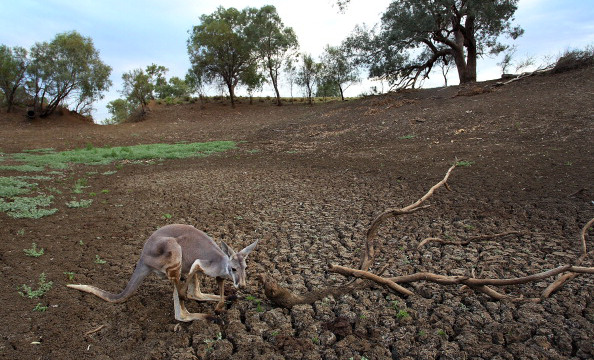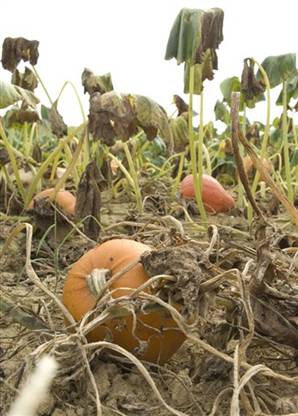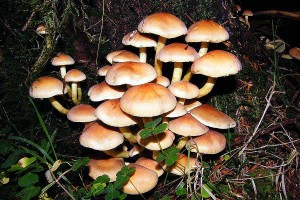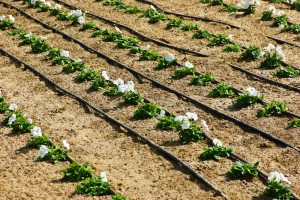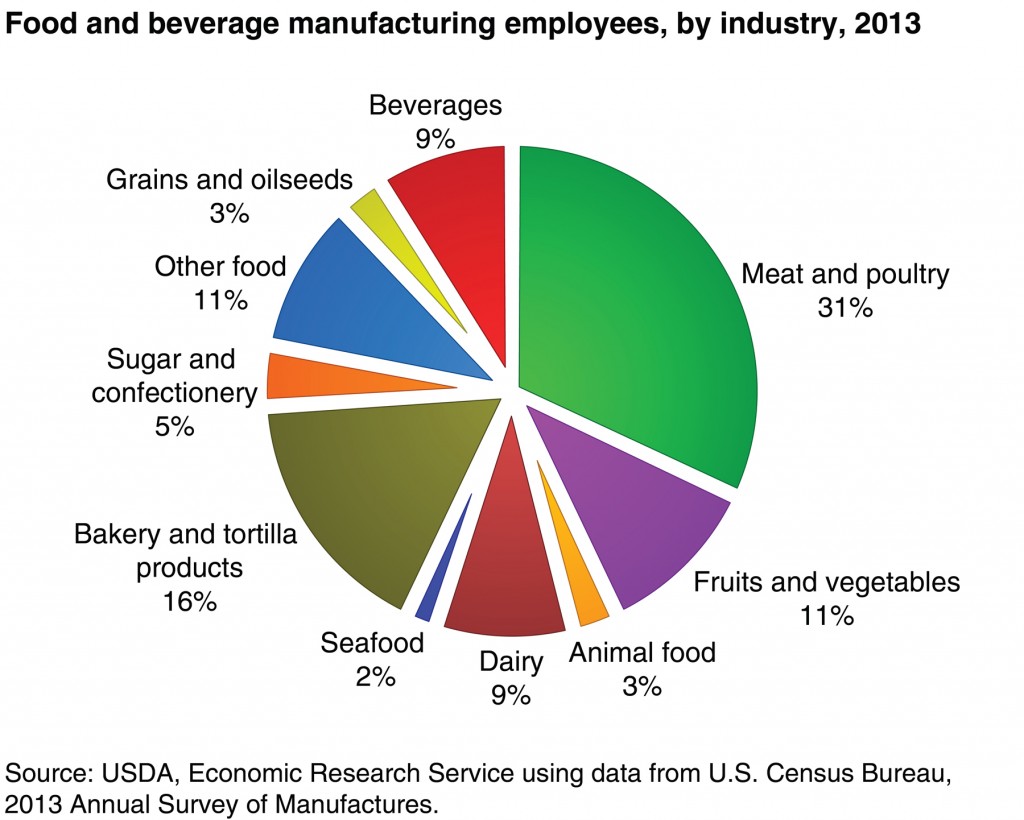By Karen Ross, Secretary, California Department of Food and Agriculture
and Jenny Lester Moffitt, Deputy Secretary, California Department of Food and Agriculture
It has been said that “California is the capital of organic.” The strength of that statement is a tribute to our state’s and our industry’s ability and willingness to lead, create and innovate. California’s organic growers have put in the work, the time, and the investment to farm according to a set of practices that sets them and their crops apart. And the California Department of Food and Agriculture (CDFA) and its State Organic Program (SOP) have worked alongside those growers since 2003 to make sure consumers can trust the integrity of organic agriculture and the farmers who grow it.
We see these efforts reflected in consumer preferences, at the farmers’ markets and the supermarkets, and on the labels of a growing number of products that are certified organic. For our growers, there is a certain amount of pride involved in this accomplishment, and achieving it has not come quickly or easily. It has been the result of substantial investment, careful planning and a healthy helping of persistence.
The community of organic growers works daily with the California Department of Food and Agriculture (CDFA) and its State Organic Program (SOP) to ensure the integrity of this vibrant, still-developing segment of our agricultural industry. The SOP staff and the state’s network of county agricultural commissioners are responsible for verifying the organic certification of vendors at certified farmers markets, sampling organic produce for pesticide residue testing, and other activities that support organic growers and their expanding market. The SOP also applies regulatory sanctions and provides due process to ensure consistent application of the law.
These same farmers have approached CDFA to develop a pilot project to conduct “blind” sampling to detect genetically modified organisms (GMO) in organic products. Growers, through their representatives on the California Organic Products Advisory Committee (COPAC), have been working with our SOP in recent months to design and implement this project. We are putting the finishing touches on contracts, and we expect to begin sampling soon for a period of one year.
“The members of our advisory committee believe this is an important step for organic farming in California,” said Melody Meyer, a COPAC member who serves as vice president of Policy and Industry Relations at United Natural Foods. “We have worked with the staff of our State Organic Program to develop a pilot project that will help ensure compliance with the national organic standards. That’s good for growers and policymakers, and it will also give retailers and consumers added confidence in the decisions they make in the marketplace.”
One important factor that has expedited our progress toward the launch of the pilot project is simply that the National Organic Program (NOP) already prohibits the use of GMOs in organic products: “Compliance with the organic standards entails that operations have verifiable practices in place to avoid contact with GMOs. Since organic certification is process-based, presence of detectable GMO residues alone does not necessarily constitute a violation of the regulation. The NOP relies on organic certifiers and producers to determine preventative practices that most effectively avoid contact with GMOs on an organic operation.” (Policy memo 11-13).
The pilot project is being funded from the existing SOP budget, as recommended by COPAC, and does not impact the funds that are dedicated to ongoing regulatory efforts by CDFA staff and through contracts with county agricultural commissioners’ offices. Our existing efforts include more than 1200 inspections and up to 300 samples for pesticide residues each year, along with more than 90 complaint investigations.
For our state’s organic farmers who are used to the way we already test for pesticide residues, this pilot project will follow similar protocols, with the exception that samples collected and tested during the pilot project will be “blind” – that is, the results will be collected in aggregate form to show us whether and how much GMO material is present in our crops overall, without identifying individual farms or farmers. That’s because the goal of the project is simply to gain a basic understanding of the presence and extent of any GMOs in the state’s organic crops. To ensure uniformity of the testing process, all sample collection will be done by CDFA staff during the pilot project.
The collection and testing of samples will be conducted on a limited number of raw agricultural organic products with known risks for GMOs, including alfalfa, canola, corn, soy, zucchini and summer squash, cattle feed, and seeds/seed crops. That list could be expanded during or after the pilot project.
A final report on the findings from the pilot will be issued upon completion of the project, estimated to be late in 2016. These findings would be used by COPAC and the SOP to determine whether and how to proceed with any further work in this arena. Options would include incorporating the inspections into the ongoing SOP activities and under county contracts, expanding the list of commodities, considering additional labs/testing facilities, etc.
As we all work through this pilot project together, it is important to be mindful that the growers themselves stepped forward to make this happen. That kind of commitment and initiative is worth noticing. You have our commitment that CDFA will conduct this pilot project carefully and responsibly.
We look forward to this next step in the evolution of our oversight of organic agriculture in California. It truly speaks to the integrity of our farmers, and that’s something we can all be proud of.



